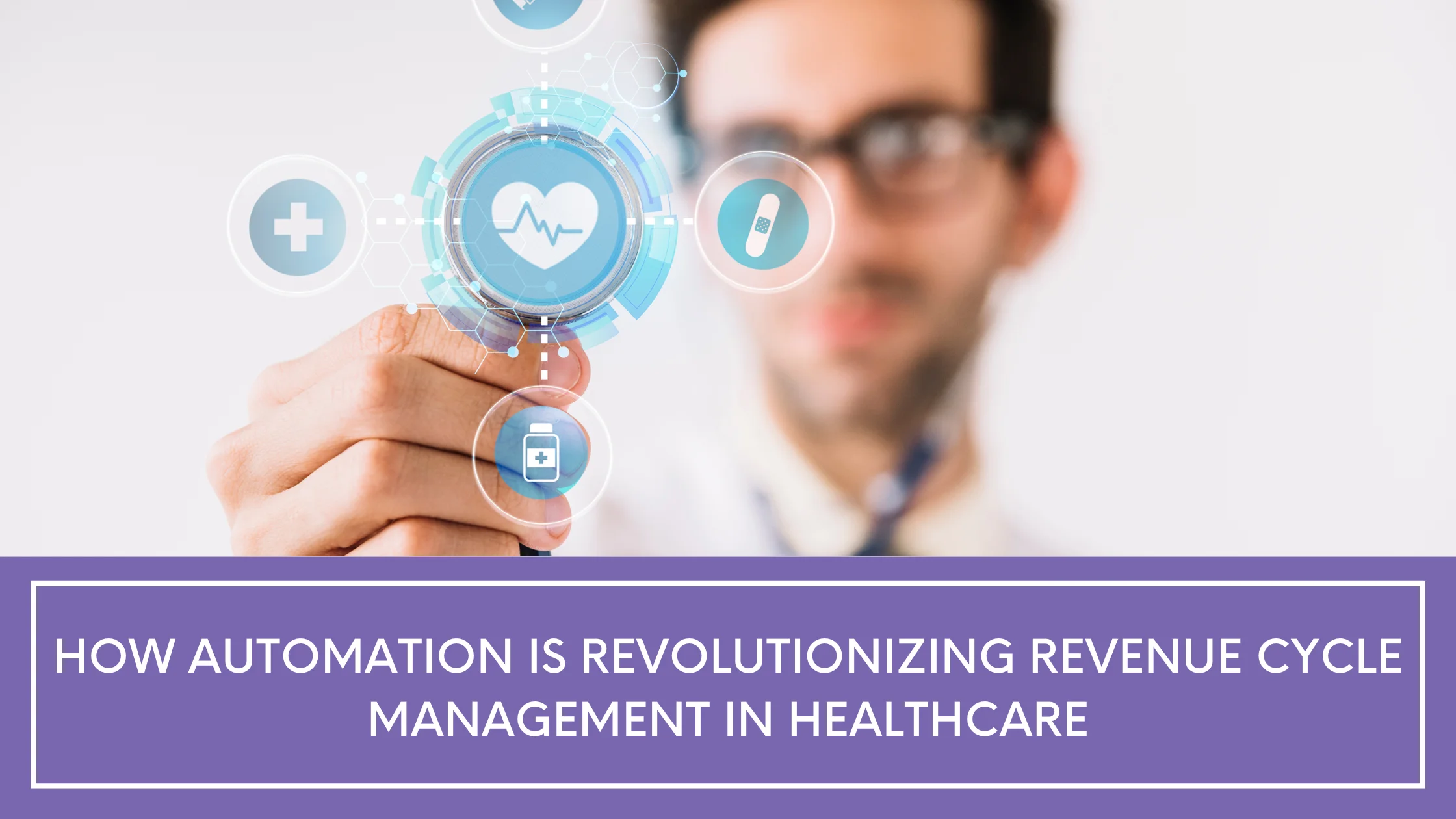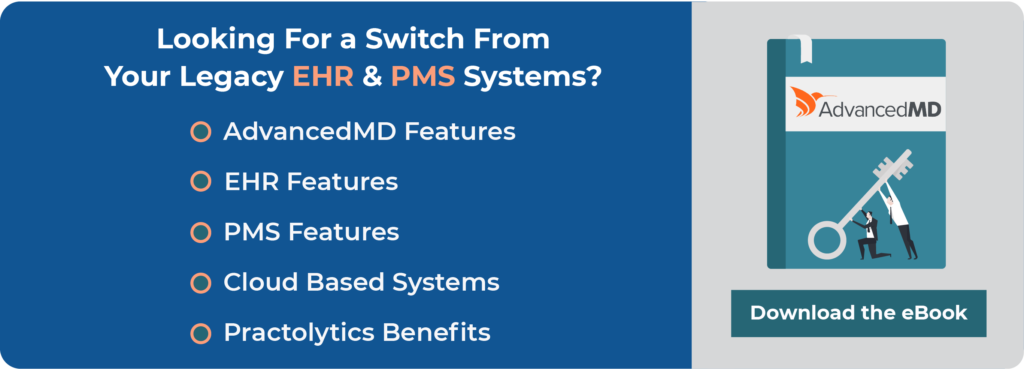How Automation is Revolutionizing Revenue Cycle Management in Healthcare
The evolution of healthcare is rapid and accelerated by the necessity for precision, agility, and efficiency. These qualities are becoming vital in exploring the rising demands and complications of modern healthcare. One aspect undergoing a major transition is how automation is revolutionizing Revenue Cycle Management in health care or RCM where automation has indisputable role in optimizing the process, minimizing errors, and enhancing overall performance. In a world where operational efficacy can make or break a healthcare firm, automation is a game-changer.
Table of Contents
The Traditional Challenges in RCM
Conventional RCM workflows are mostly labour-intensive, depending on manual forces, and are prone to human errors and inefficacies. Claims processing delays, eligibility check errors, and slow payment posting can all hurt cash flow and patient satisfaction. These insufficiencies not only drain the financial stability of the healthcare firm but also create friction in patient experience, resulting in frustration and dissatisfaction. Addressing these issues needs a shift towards automation to alleviate bottlenecks and streamline the revenue cycle.
This blog will dig deep into how automation is changing RCM, redefining the way healthcare firms handle medical billing, payment posting, claims processing, and such. We will look into current trends, and statistics to demonstrate the effect of automation and discuss the future aspects of this transformative technology.
Why Automation in RCM is Essential
Administrative expenses, including those linked with RCM, justify a major part of overall healthcare costs. In the U.S., these expenses can make up 15 to 25 percent of total healthcare expenses. With healthcare organizations encountering financial pressures to minimize costs while maintaining high-quality patient care, automation delivers a solution to lower administrative overhead. By automating recurring tasks including claims processing and payment posting, healthcare providers can minimize their dependence on manual labor and reduce operational expenses, freeing up resources for patient care.
Navigating Complex Billing Workflows
The billing workflows in healthcare have become increasingly complex due to the ever-changing nature of medical coding solutions, regulatory compliance, and claims processing. Systems including ICD-10 and laws like HIPAA need extreme precision and diligence in billing and coding, which can be a battle for manual processes. These complications bring about errors, denials, and delayed payments. Automation aids in addressing these issues by validating accuracy in coding and compliance with regulatory needs, enabling healthcare firms to manage the growing complexities of billing more effectively.
Supporting Value-Based Care
As the healthcare industry strives to shift toward value-based models, where payment is tied to patient results rather than the volume of services delivered, effective billing becomes more crucial. In value-based care, healthcare providers must ensure that payments are aligned with patient care quality. This necessitates a more optimized, error-free revenue cycle. Automation supports the achievement by streamlining billing workflows, enhancing data precision, and minimizing claim rework, allowing healthcare firms to emphasize on offering quality patient care rather than administrative loads.
Key Areas Where Automation Is Transforming RCM
Claims Processing: Claims processing is one of the most prolonged processes in RCM. It involves a series of steps that start with ensuring that the coding is accurate right down to submitting the claims with health insurance providers. Automation of this process can improve it manifold by making the claims more accurate and reducing the chances of errors leading to denials. As high as 90% of claim denials are estimated to be avoidable if adequate automation is done. Automating the claims processing could also help healthcare organizations minimize the numbers of manual errors and, thus, speed up the process of submission, reduce reworks, and therefore receive their payments sooner to improve cash flow.
Verification and Eligibility of the Patient: Verification of patients for their eligibility in regard to reimbursement by their insurance is another very error-prone and time-consuming process when done manually. Incorrect information on patient eligibility may lead to denials of claims, higher administrative burdens, and delay of payment. Automation makes this process easier as it carries out quick checks on patient eligibility, which reduces the occurrence of errors and administrative burdens among staff members. This ensures that claims are filed with accurate details, hence reducing the possibility of denials and further improving efficiency.
Payment Posting and Reconciliation: Automating the processing of payments, matching remittances with claims, and reconciliation of accounts can be done so much quicker and more precisely. It saves time in processing the payments, hence enhancing cash flow and reducing human errors in financial documents. Automation enhances transparency; hence, real-time data is availed on financial flows that enable more accurate financial reporting and decision-making.
Coding and Documentation: Accurate coding ensures proper incentives about health care services. Manual coding is error-prone, with the ever-changing nature of guidelines with regards to coding. With AI-powered coding assistants, automated auditing of records can take place, assigning the correct codes while maintaining compliance with recent regulations such as ICD-10. This improves the accuracy of claims, reduces denials due to coding errors, and ensures providers receive adequate coverage of services provided.
Predictive Analytics for Denial Management: One major challenge associated with RCM is denied claims that delay payments and also increase administrative burdens to resubmit claims after rectification. Automation-powered predictive analytics can review historic claim data, identify trends, and predict which claims are most likely to be denied even before they are submitted. By providing healthcare enterprises with early warnings about potential issues, they are in a position to take remedial action that reduces the chances of denial, while increasing overall claim success rates. This proactive approach improves revenue and streamlines the whole claims management process.
Trends Shaping Automation in RCM
Machine Learning and Artificial Intelligence: AI and ML are revolutionizing RCM by automating complicated processes like predictive modelling, billing, and coding. These innovations can assess wide amounts of data to recognize patterns, predict claim rejections, and validate coding precision. A—A-driven solutions continuously enhance and improve, allowing healthcare firms to stay abreast of evolving regulatory needs and coding standards.
Cloud-based RCM Solutions: As healthcare firms seek more flexible, scalable systems, cloud-based RCM platforms are growing to become the major preference. These systems deliver real-time access to data, allowing more dynamic decision-making. They also enable healthcare firms to scale their functions without requiring major upfront hardware investments, delivering better disaster recovery, improved protection, and seamless updates.
Robotic Process Automation: RPA is revolutionizing how recurring, rule-based processes like claims submission, patient invoicing, and payment posting are handled. By automating these tasks, RPA minimizes manual burdens on staff, reduces faults, and fastens the RCM process, allowing quicker reimbursement and more effective operations.
Interoperability: Integration of Electronic Health Records (EHR), RCM systems, and other healthcare platforms is critical for efficient workflow and precision data. Interoperability ensures that information flows seamlessly between systems, minimizing duplicate data entries, improving accuracy, and providing an extensive view of patient details. This results in fewer billing mistakes, enhanced compliance, and more effective management of healthcare services.
Conclusion
The future of RCM is accelerated by automation, delivering key elements including enhanced efficacy, minimized expenses, and precision. By easing staff workloads, fastening financial processes, and regulatory compliance, automation is essential for healthcare sustainability. To stay competitive, healthcare firms must embrace automation and partner with industry experts like Practolytics. With A—A-driven systems like RPA, Practolytics supports RCM optimization, efficiency boost, and cost reduction. Contact Practolytics for a demo and see how they transform your practice’s revenue cycle.
ALSO READ – 6 Signs It’s Time to Outsource Your Healthcare RCM Services
Talk to Medical Billing Expert Today — Get a Free Demo Now!






